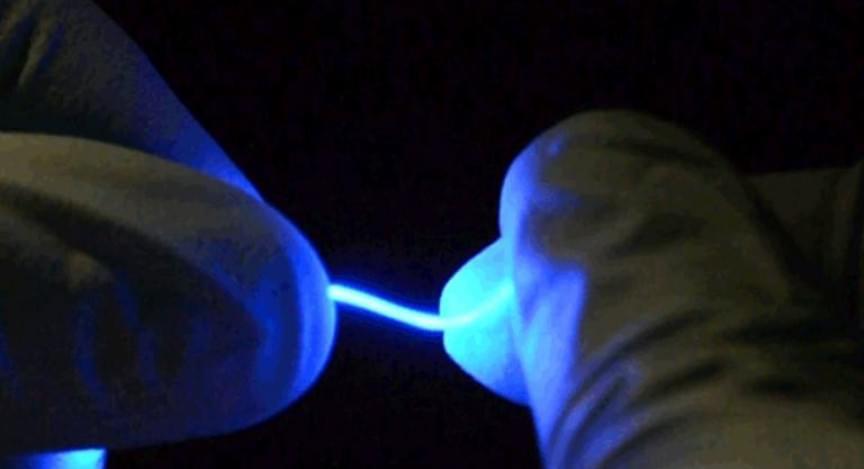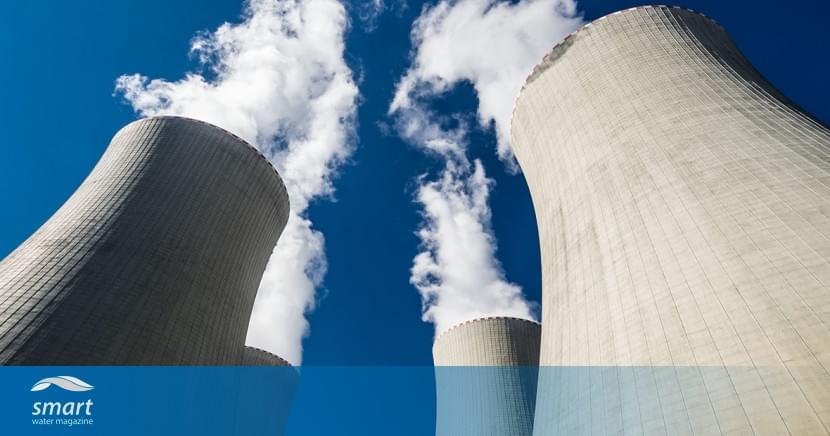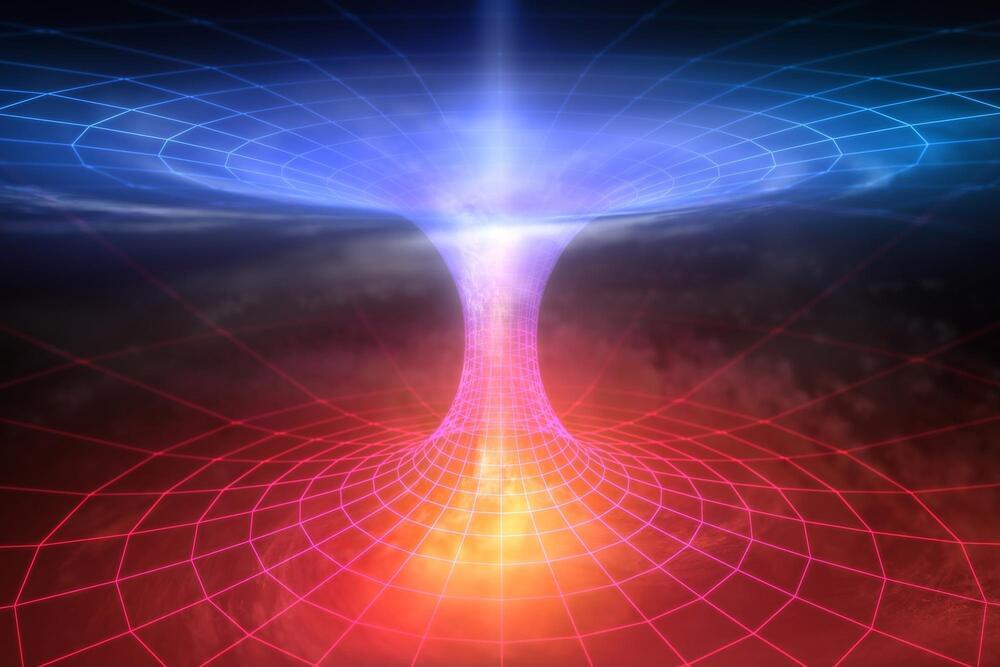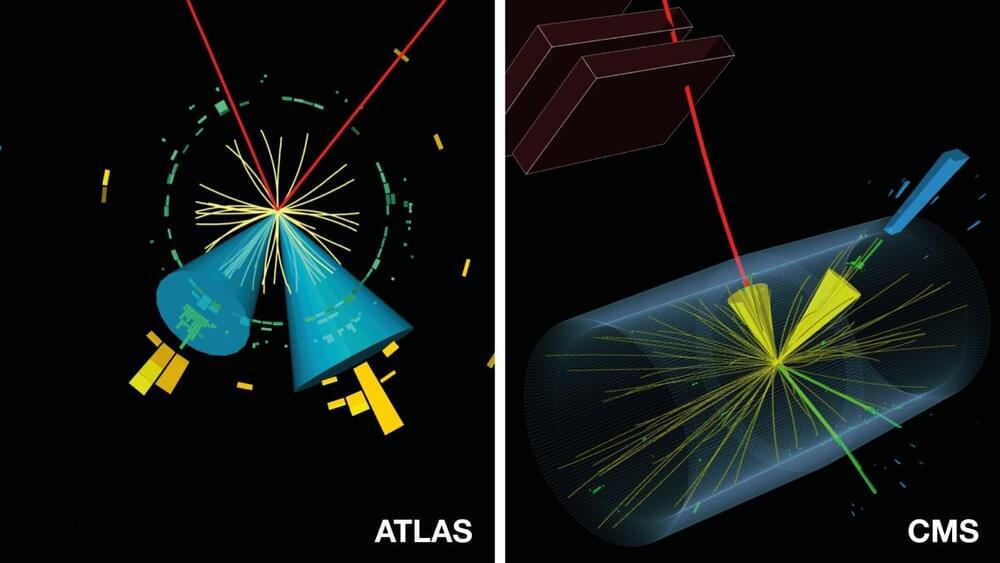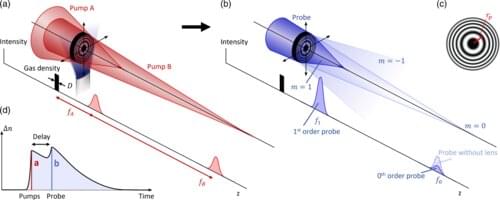Mar 14, 2022
Unintended Benefits of Houston Being America’s Worst-Designed City
Posted by Shubham Ghosh Roy in category: transportation
The plan is there is no plan.
So it turns out we may be America’s worst-designed city. Lack of “official” zoning. Messy roads and meager public transportation options. Complete chaos. We get it, our predecessors sucked at design. But that may not necessarily be a bad thing. In fact, there are a bunch of ways in which the city totally (and unintentionally) came out ahead in the whole “the plan is there is no plan” deal.
Love it or hate it, Houston’s lack of zoning may actually be what shielded it from the popped housing bubble that rocked the rest of the country. Picture Margot Robbie explaining this all whilst in a bubble bath drinking champagne. While housing prices soared as the national bubble inflated, Houston’s costs remained modest; and when all hell broke loose when the bubble burst, H-town remained largely unaffected.
Continue reading “Unintended Benefits of Houston Being America’s Worst-Designed City” »


